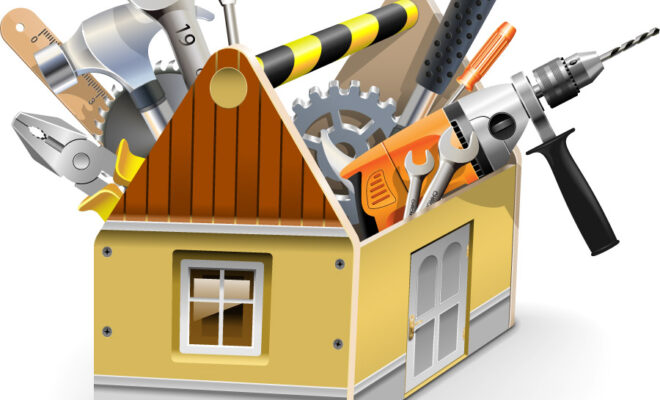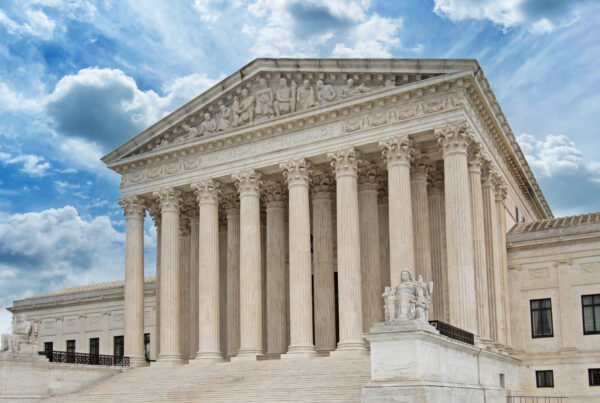Fall 2017 CPA Newsletter
Volume 33 Issue 4
By Mohammed F. Salyani, CPA, FCCA (UK), Principal
A lot of articles, education sessions and webinars are done about the Replacement Fund but very little is written about the Deferred Maintenance Fund. There are many Board members who do not really understand the actual purpose of the deferred maintenance fund and usually tend to use it as a catch-all, go to fund for unanticipated/unbudgeted expenses.
So let us start from the top: the name. Personally, I am not a fan of it. The name “deferred maintenance” gives a majority of people the wrong impression. It sounds like you are deferring the maintenance work until the Association has enough money to do it. Whereas actually the Association is really deferring or putting money aside for maintenance work that occurs less frequently than annually.
Next, what items usually make up allocations to the deferred maintenance fund? It all depends on the Association and what common elements it has to take care of but examples of deferred maintenance items include painting, staining, power washing, brick repointing, and seal coating. The gist of it is that the fund should include all the maintenance items which have a life cycle greater than twelve months. These maintenance items are very, very important because they allow the Association to use all the major common elements for their fully expected useful lives and may even extend the useful lives. For example, if the roads are not seal coated regularly, the Association may have to resurface them sooner than anticipated and charge the replacement fund before having collected the total amount needed for the project. Another example; if you do not do brick repointing regularly you may end up with water leaks. Resulting in having to undertake a very extensive and expensive project that is not funded.
This leads to our third question: how much should the Association put aside? I see a lot of Associations putting money aside in the deferred maintenance fund but when asked how they came up with the amount they do not have an answer. The solution is fairly simple. Ask your engineer. Why? Firstly, the engineering firm is already working with the Association so they know what the common elements are that need to be maintained. Secondly, the engineering firm will be able to advise as to how often the maintenance work needs to be done. Lastly, the engineer is the best person to advise the expected cost of the maintenance items. Once again I would also like to remind the Boards that the deferred maintenance fund is not a “catch-all” fund. It should be used specifically for the items being funded. Having a contingency line in the operating fund avoids having to search for a place to allocate unforeseen expenses. In addition, there are Associations that have a separate “Inclement Weather Fund” for weather-related costs that are materially over budget.
Our final question is: how often should the deferred maintenance schedule be updated? Best practice suggests Associations should have their replacement fund study updated every three to five years so why not have the deferred maintenance schedule done at the same time? The engineer is already on site doing work so adding this on will reduce the cost rather than having it done separately. In addition, the engineer will be able to advise how many more times you can do maintenance work before the item will have to be replaced. Lastly, items could be deteriorating slower or faster than previously anticipated so the updated schedule may suggest having maintenance work stepped up or postponed depending on the situation.
I hope this gives the Boards a better understanding of the reasons for having a deferred maintenance fund and how to fund for it. Maybe we can start a petition to have the name changed! If you have any questions please feel free to reach out to your Wilkin & Guttenplan audit contact person or myself.





